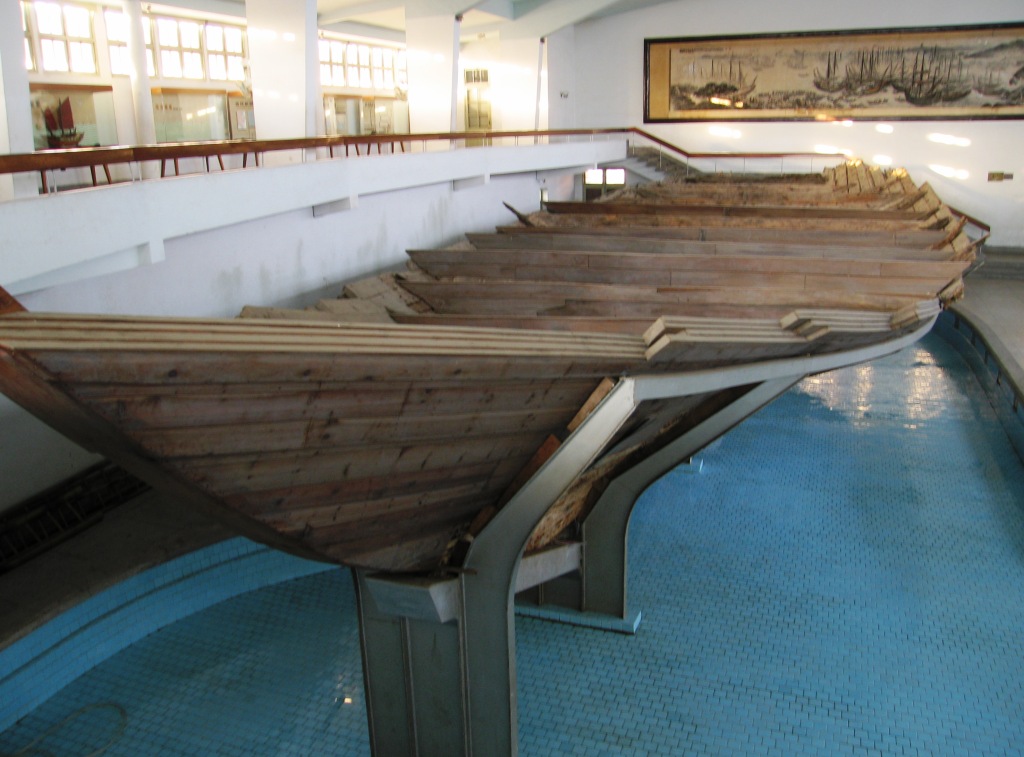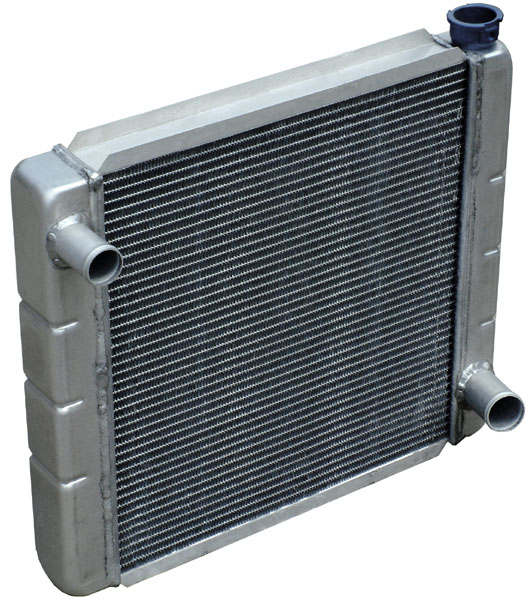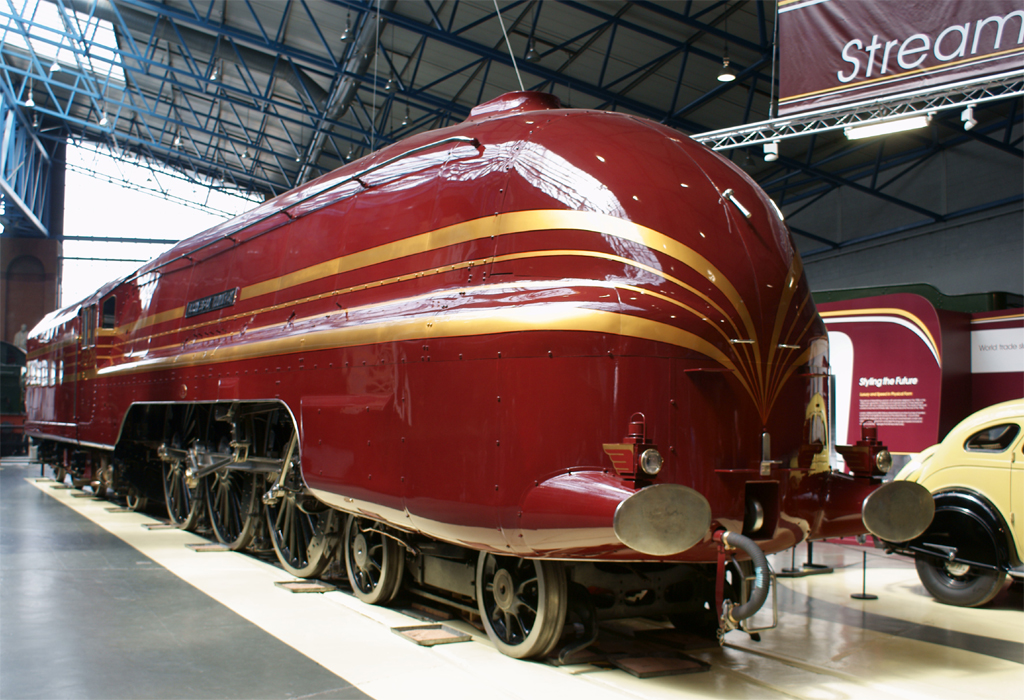|
Latécoère 28
The Latécoère 28 was a long distance monoplane aircraft designed and produced by the French aircraft manufacturer Groupe Latécoère, Latécoère. First flown in 1927, it had a fixed tailwheel landing gear, undercarriage and an enclosed cockpit for its crew of two. When configured for airline use, the Latécoère 28 could accommodate up to eight seated passengers. It was produced in both land and floatplane configurations, being marketed towards the civilian market both as a mail plane and passenger airliner. During its operating life, the Latécoère 28 became the main-stay of Air France's predecessor, Aéropostale (aviation), Aéropostale, which heavily used the aircraft during the 1930s in its efforts to establish intercontinental air mail services and support French colonialism and French cultural influence during the Interwar period. Its pilots included famous poets and French men of letters, such as Antoine de Saint-Exupéry and Jean Mermoz, along with numerous veteran pil ... [...More Info...] [...Related Items...] OR: [Wikipedia] [Google] [Baidu] |
Dakar
Dakar ( ; ; ) is the capital city, capital and List of cities in Senegal, largest city of Senegal. The Departments of Senegal, department of Dakar has a population of 1,278,469, and the population of the Dakar metropolitan area was at 4.0 million in 2023. Dakar is situated on the Cap-Vert peninsula, the westernmost point of mainland Africa. Cap-Vert was colonized by the Portuguese people, Portuguese in the early 15th century. The Portuguese established a presence on the island of Gorée off the coast of Cap-Vert and used it as a base for the Atlantic slave trade. Kingdom of France, France took over the island in 1677. Following the abolition of the slave trade and French annexation of the mainland area in the 19th century, Dakar grew into a major regional port and a major city of the French colonial empire. In 1902, Dakar replaced Saint-Louis, Senegal, Saint-Louis as the capital of French West Africa. From 1959 to 1960, Dakar was the capital of the short-lived Mali Federation. ... [...More Info...] [...Related Items...] OR: [Wikipedia] [Google] [Baidu] |
Bulkhead (partition)
A bulkhead is an upright wall within the hull (watercraft), hull of a ship, within the fuselage of an airplane, or a car. Other kinds of partition elements within a ship are deck (ship), decks and deckheads. Etymology The word ''bulki'' meant "cargo" in Old Norse. During the 15th century sailors and builders in Europe realized that walls within a vessel would prevent cargo from shifting during passage. In shipbuilding, any vertical panel was called a head. So walls installed abeam (side-to-side) in a vessel's hull were called "bulkheads". Now, the term bulkhead applies to every vertical panel aboard a ship, except for the hull itself. History Bulkheads were known to the ancient Greeks, who employed bulkheads in triremes to support the back of rams. By the Athenian trireme era (500 BC), the hull was strengthened by enclosing the bow behind the ram, forming a bulkhead compartment. Instead of using bulkheads to protect ships against rams, Greeks preferred to reinforce the hull ... [...More Info...] [...Related Items...] OR: [Wikipedia] [Google] [Baidu] |
Radio Set
An antique radio is a radio receiving set that is collectible because of its age and rarity. Types of antique radio Morse receivers The first radio receivers used a coherer and sounding board, and were only able to receive continuous wave (CW) transmissions, encoded with Morse code (wireless telegraphy). Later transmission and reception of speech became possible, although Morse code transmission continued in use until the 1990s. All the following sections concern speech-capable radio, or wireless telephony. Early home-made sets The idea of radio as entertainment took off in 1920, with the opening of the first stations established specifically for broadcast to the public such as KDKA in Pittsburgh and WWJ in Detroit. More stations opened in cities across North America in the following years and radio ownership steadily gained in popularity. Radio sets from before 1920 are rarities, and are probably military artifacts. Sets made prior to approximately 1924 were usually made ... [...More Info...] [...Related Items...] OR: [Wikipedia] [Google] [Baidu] |
Baggage Hold
An airliner is a type of airplane for transporting passengers and air cargo. Such aircraft are most often operated by airlines. The modern and most common variant of the airliner is a long, tube shaped, and jet powered aircraft. The largest of them are wide-body jets which are also called twin-aisle because they generally have two separate aisles running from the front to the back of the passenger cabin. These are usually used for long-haul flights between airline hubs and major cities. A smaller, more common class of airliners is the narrow-body or single-aisle. These are generally used for short to medium-distance flights with fewer passengers than their wide-body counterparts. Regional airliners typically seat fewer than 100 passengers and may be powered by turbofans or turboprops. These airliners are the non- mainline counterparts to the larger aircraft operated by the major carriers, legacy carriers, and flag carriers, and are used to feed traffic into the large airli ... [...More Info...] [...Related Items...] OR: [Wikipedia] [Google] [Baidu] |
Fire Extinguisher
A fire extinguisher is a handheld active fire protection device usually filled with a dry or wet chemical used to extinguish or control small fires, often in emergencies. It is not intended for use on an out-of-control fire, such as one which has reached the ceiling, endangers the user (i.e., no escape route, smoke, explosion hazard, etc.), or otherwise requires the equipment, personnel, resources or expertise of a fire brigade. Typically, a fire extinguisher consists of a hand-held cylindrical pressure vessel containing an #Types of extinguishing agents, agent that can be discharged to extinguish a fire. Fire extinguishers manufactured with non-cylindrical pressure vessels also exist, but are less common. There are two main types of fire extinguishers: stored-pressure and cartridge-operated. In stored-pressure units, the expellant is stored in the same chamber as the firefighting agent itself. Depending on the agent used, different propellants are used. With dry chemical extingu ... [...More Info...] [...Related Items...] OR: [Wikipedia] [Google] [Baidu] |
Radiator (engine Cooling)
Radiators are heat exchangers used for cooling internal combustion engines, mainly in automobiles but also in piston-engined aircraft, railway locomotives, motorcycles, stationary generating plants or any similar use of such an engine. Internal combustion engines are often cooled by circulating a liquid called '' engine coolant'' through the engine block and cylinder head where it is heated, then through a radiator where it loses heat to the atmosphere, and then returned to the engine. Engine coolant is usually water-based, but may also be oil. It is common to employ a water pump to force the engine coolant to circulate, and also for an axial fan to force air through the radiator. Automobiles and motorcycles In automobiles and motorcycles with a liquid-cooled internal combustion engine, a radiator is connected to channels running through the engine and cylinder head, through which a liquid ( coolant) is pumped by a coolant pump. This liquid may be water (in climates ... [...More Info...] [...Related Items...] OR: [Wikipedia] [Google] [Baidu] |
Propeller
A propeller (often called a screw if on a ship or an airscrew if on an aircraft) is a device with a rotating hub and radiating blades that are set at a pitch to form a helical spiral which, when rotated, exerts linear thrust upon a working fluid such as water or air. Propellers are used to pump fluid through a pipe or duct, or to create thrust to propel a boat through water or an aircraft through air. The blades are shaped so that their rotational motion through the fluid causes a pressure difference between the two surfaces of the blade by Bernoulli's principle which exerts force on the fluid. Most marine propellers are screw propellers with helical blades rotating on a propeller shaft (ship), propeller shaft with an approximately horizontal axis. History Early developments The principle employed in using a screw propeller is derived from stern sculling. In sculling, a single blade is moved through an arc, from side to side taking care to keep presenting the blade to the wat ... [...More Info...] [...Related Items...] OR: [Wikipedia] [Google] [Baidu] |
Bow (watercraft)
The bow () is the forward part of the hull of a ship or boat, the point that is usually most forward when the vessel is underway. The aft end of the boat is the stern. Prow may be used as a synonym for bow or it may mean the forward-most part of the bow above the waterline. Function A ship's bow should be designed to enable the hull to pass efficiently through the water. Bow shapes vary according to the speed of the boat, the seas or waterways being navigated, and the vessel's function. Where sea conditions are likely to promote pitching, it is useful if the bow provides reserve buoyancy; a flared bow (a raked stem with flared topsides) is ideal to reduce the amount of water shipped over the bow. Ideally, the bow should reduce the resistance and should be tall enough to prevent water from regularly washing over the top of it. Large commercial barges on inland waterways rarely meet big waves and may have remarkably little freeboard at the bow, whereas fast military ... [...More Info...] [...Related Items...] OR: [Wikipedia] [Google] [Baidu] |
Shock Absorber
A shock absorber or damper is a mechanical or hydraulics, hydraulic device designed to absorb and Damping ratio, damp shock (mechanics), shock impulses. It does this by converting the kinetic energy of the shock into another form of energy (typically thermal energy, heat) which is then dissipated. Most shock absorbers are a form of dashpot (a damper which resists motion via viscous friction). Description Pneumatic and hydraulic shock absorbers are used in conjunction with cushions and springs. An automobile shock absorber contains spring-loaded check valves and orifices to control the flow of oil through an internal piston (see below). One design consideration, when designing or choosing a shock absorber, is where that energy will go. In most shock absorbers, energy is converted to heat inside the viscous fluid. In hydraulic cylinders, the hydraulic fluid heats up, while in Pneumatic cylinder, air cylinders, the hot air is usually exhausted to the atmosphere. In other types of ... [...More Info...] [...Related Items...] OR: [Wikipedia] [Google] [Baidu] |
Streamliner
A streamliner is a vehicle incorporating streamlining in a shape providing reduced air resistance. The term is applied to high-speed railway trainsets of the 1930s to 1950s, and to their successor " bullet trains". Less commonly, the term is applied to fully faired upright and recumbent bicycles. As part of the Streamline Moderne trend, the term was applied to passenger cars, trucks, and other types of light-, medium-, or heavy-duty vehicles, but now vehicle streamlining is so prevalent that it is not an outstanding characteristic. In land speed racing, it is a term applied to the long, slender, custom built, high-speed vehicles with enclosed wheels. Trains Before World War II Europe * Germany, 1930: The first high-speed streamliner in Germany was the '' Schienenzeppelin'', an experimental propeller-driven single car, built in 1930. On 21 June 1931, the car set a speed record of on a run between Berlin and Hamburg. In 1932 the propeller was removed and a h ... [...More Info...] [...Related Items...] OR: [Wikipedia] [Google] [Baidu] |
Late 28 Interior Looking Forward NACA Aircraft Circular No
Late or LATE may refer to: Everyday usage * Tardy, or late, not being on time * Late (or the late) may refer to a person who is dead Music * ''Late'' (The 77s album), 2000 * Late (Alvin Batiste album), 1993 * Late!, a pseudonym used by Dave Grohl on his '' Pocketwatch'' album * Late (rapper), an underground rapper from Wolverhampton * "Late", a song by Kanye West from ''Late Registration'' Other uses * Late (Tonga), an uninhabited volcanic island southwest of Vavau in the kingdom of Tonga * "Late" (''The Handmaid's Tale''), a television episode * LaTe, Oy Laivateollisuus Ab, a defunct shipbuilding company * Limbic-predominant age-related TDP-43 encephalopathy, a proposed form of dementia * Local-authority trading enterprise, a New Zealand business law * Local average treatment effect, a concept in econometrics * Late, a synonym for ''cooler'' in stellar classification See also * * * ''Lates'', a genus of fish in the lates perch family * Later (other) Later may ref ... [...More Info...] [...Related Items...] OR: [Wikipedia] [Google] [Baidu] |








